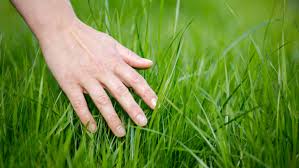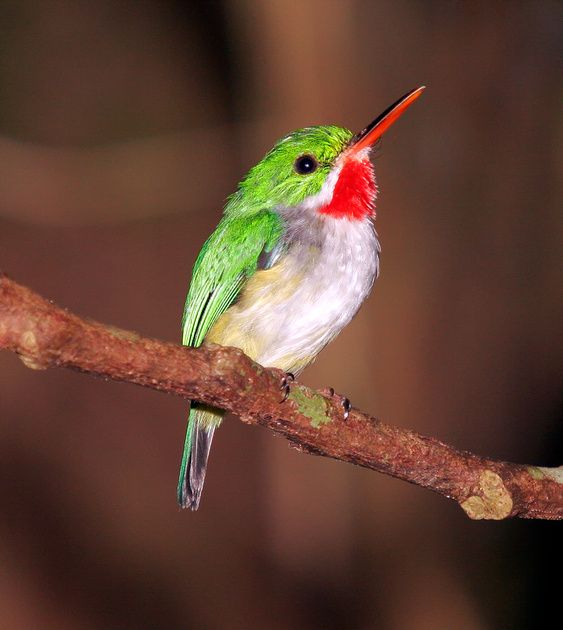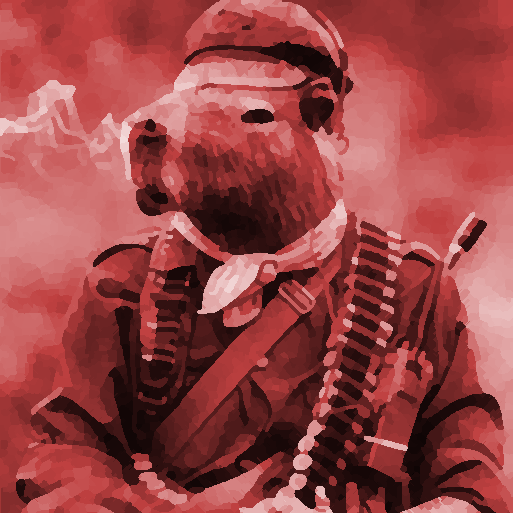The white-faced ibis (Plegadis chihi) is a wading bird in the ibis family, Threskiornithidae. This species breeds colonially in marshes, usually nesting in bushes or low trees. The white-faced ibis frequents marshes, swamps, ponds and rivers. It nests in isolated colonies from Oregon to Kansas, but its center of greatest abundance seems to be in Utah, Texas and Louisiana. In Texas, they breed and winter along the Gulf Coast and may occur as migrants in the Panhandle and West Texas. White-faced Ibises eat mostly invertebrates such as earthworms, crayfish, and insects. They are both visual and tactile feeders, foraging by lowering their bills into the water or mud to feel for prey, or by swinging the bill side to side through water. They also pick at prey near the water’s surface or on vegetation. They forage mostly in moist soil or wetlands, though they have been observed probing gopher mounds in dry fields. The bulk of their diet consists of earthworms, crustaceans (particularly crayfish), spiders, snails, clams, leeches, and various insects and their larvae—dragonflies, crickets, grasshoppers, midges, beetle, flies, and bugs. They take vertebrate prey such as fish, frogs, and even small rodents as well, sometimes rinsing larger prey items in water before consuming them. Unlike the Glossy Ibis, which eats large quantities of rice, White-faced seems not to regularly eat seeds or plant material. White-faced Ibises sometimes utter a soft oink call when feeding, flying, or interacting at the nest. Alarmed birds or those in conflict make a drawn-out gheeeeee that is similar to the repeated geeeeeek of a male returning to the nest. Here is a link so you can listen to this bird too.
thought I saw “White-Faced Libs”, this is significantly better
I was about to comment this lol maybe we should go outside for a while
Literally same.
Edit: here I got this for us.

That would be redundant





